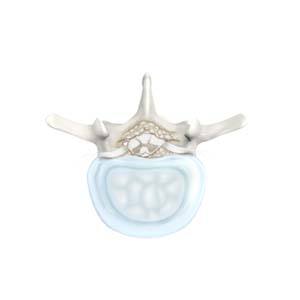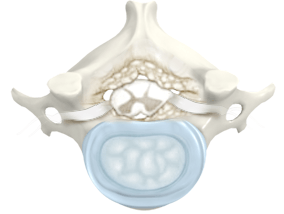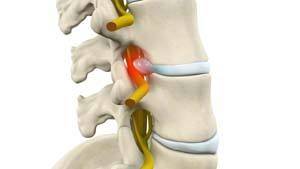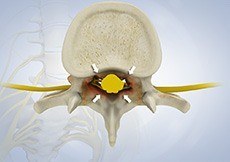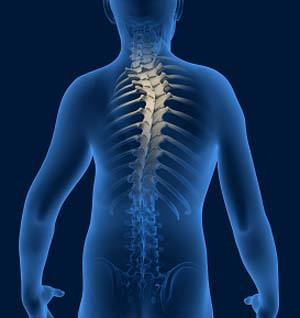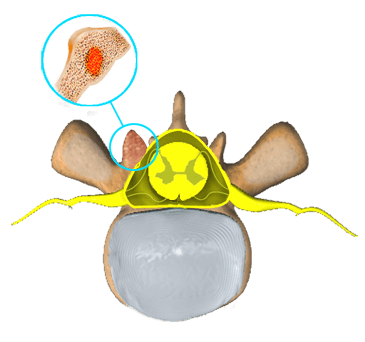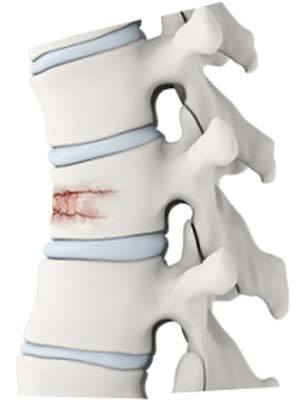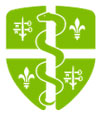Spine Conditions
Back and Spine Problems in Children
Coming soon
Lumbar Degenerative Disc Disease
Lumbar degenerative disc disease (DDD) is a common cause of lower back pain. Over time, these natural shock absorbers wear out and degenerate. Degenerative disc disease is not actually a disease but refers to the changes in the spine that occur as a part of the normal ageing process.
Cervical Degenerative Disc Disease
Cervical degenerative disc disease (DDD) is a misnomer as it is not a disease but a condition that affects the strength, resiliency and structural integrity of the intervertebral discs due to increasing age, trauma, injury, repetitive movement, improper posture, or poor body mechanics.
Radiculopathy
Certain diseases or mechanical compression of these spinal nerves due to deformities in the vertebral column can lead to radiculopathy.
Spinal Stenosis
Spinal stenosis is a condition caused by the vertebral column constricting and exerting pressure on the spinal cord or neural foramen (a bony tunnel through which a nerve exits the spinal cord).
Osteoporosis
Osteoporosis is a bone disease characterized by a decrease in bone mass and density resulting in brittle, fragile bones that are more susceptible to fractures. The condition most commonly affects elderly women. Osteoporosis-related fractures are more common at the vertebral bodies of the spine.
Scoliosis
Scoliosis is a condition characterized by the abnormal curvature of the spine that causes a deviation to one side. It causes a physical deformity, making the spine look like the letter “C” or “S” instead of the letter “I”. Scoliosis can affect either the mid or lower back. Scoliosis of the mid back is more common. Scoliosis can occur at any age.
Spinal Deformities
The spine or backbone provides stability to the upper part of our body. It helps to hold the body upright. It consists of a series of irregularly-shaped bones appearing in a straight line. The spine has two gentle curves, when viewed from the side and appears to be straight when viewed from the front.
Spinal Tumours
A spine tumour is the abnormal growth of uncontrolled tissues or cells in and around the spinal cord. Tumours can either be cancerous (malignant) or non-cancerous (benign). Tumours that begin in the spine are called primary spinal tumours. Tumours that spread to the spine from other parts such as the breast, prostate, lung, and other areas are called secondary spinal tumours.
Spinal Fractures
The different types of spinal fractures include cervical fractures, fracture of the lumbar and thoracic spine and vertebral compression fracture.
Spinal Infection
A spinal infection is described as an infection of the spine. It can occur in various locations of the spine i.e., intervertebral disc space, vertebral column, spinal canal and nearby soft tissues.


